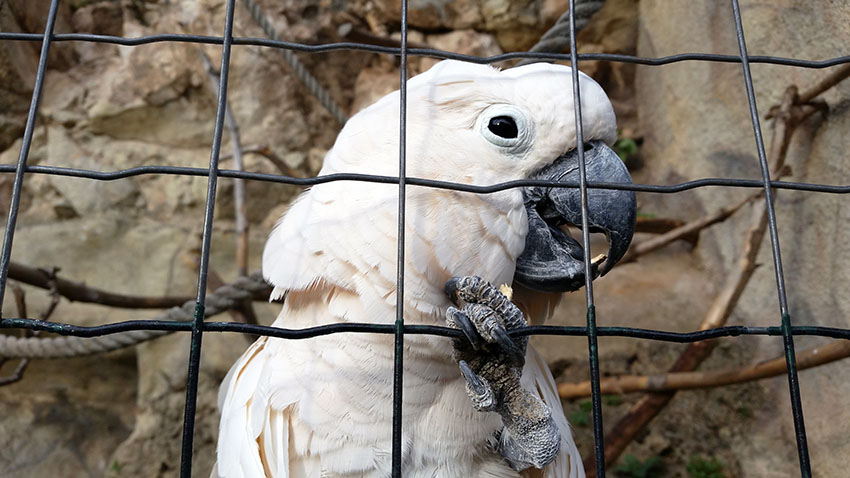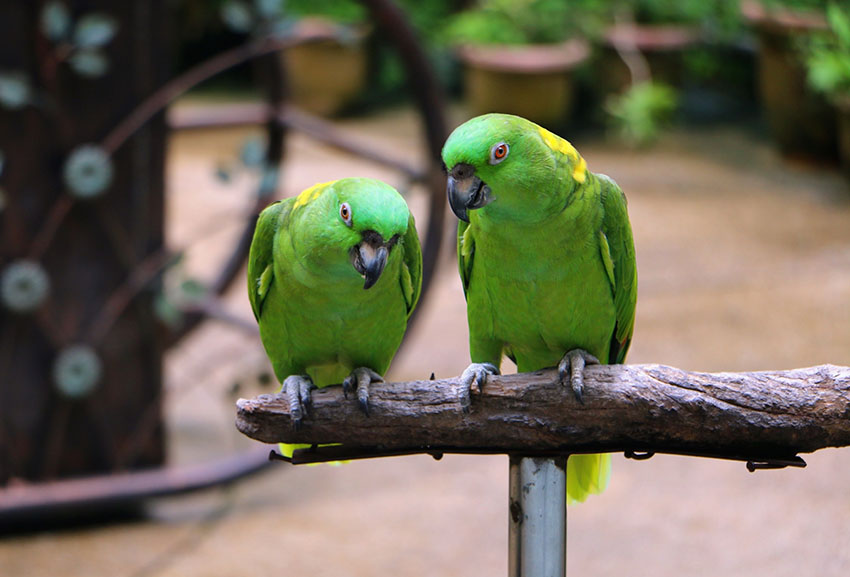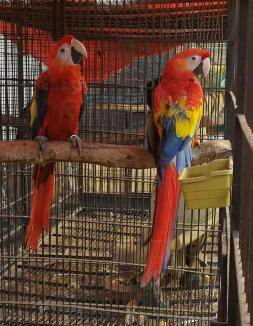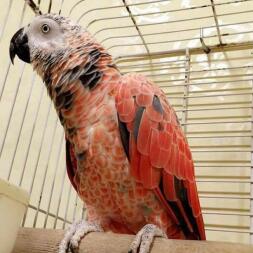Whether building your own aviary or installing something more ‘ready-made’, or converting an existing outbuilding into a birdhouse, there are some basic essentials to bear in mind:
Legal Requirements for Building an Aviary
Always check to make sure your planned construction doesn’t contravene any local building or environmental regulations. In general, anything under two metres in height will not require planning permission; but always check that what you are planning is allowed in the place you live.

Getting the space right is vital for the happiness of fussy parrots like this White Cockatoo
How Big Should an Aviary Be?
Size matters! An outdoor aviary isn’t just an al fresco cage. It should give the parrots as much space as possible for flight, and offer a warm and comfortable roosting space too. The species of parrot you keep will determine the minimum size of the space, although even smaller species enjoy long, unimpeded flight-paths. In fact the smaller parrots tend to fly more than their larger cousins. The size of the area you have available should act as a starting point for the type and number of birds you are going to keep.
As a rule of thumb, allow for a length equivalent to twice the span of a parrot’s fully extended wings, per bird. The height should be at least twice the length of the largest bird; but ideally you should go for at least a metre and a half to ensure a good flying and climbing space.



Comments
Asad, 19 May 2021
I have fed chicks with baby food like cerelac in the past they were okay. Suddenly i am a little concerned that it may be harmfull for me baby ringneck. Please suggest me any other easily available foods or is it okay to feed cerelac